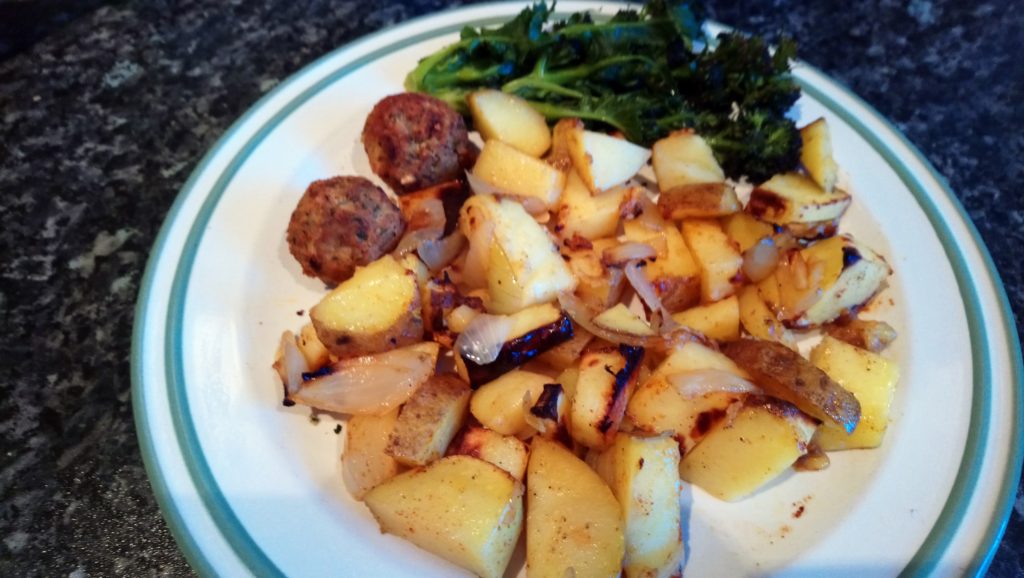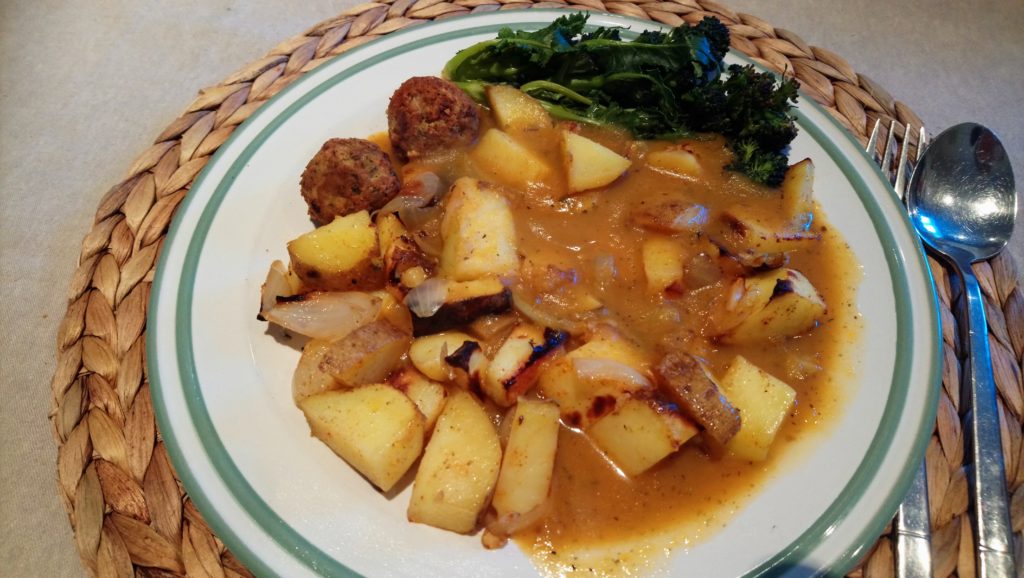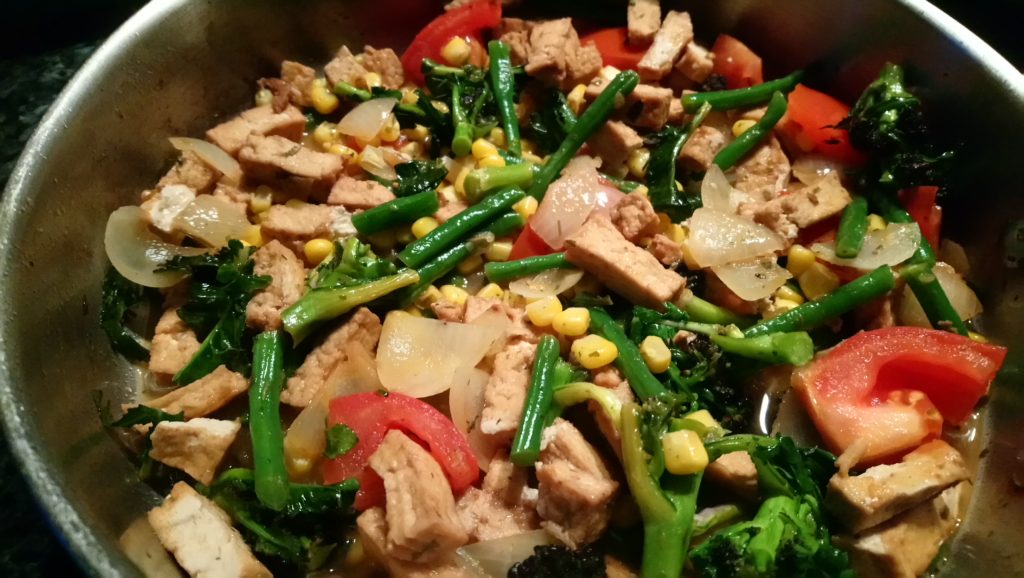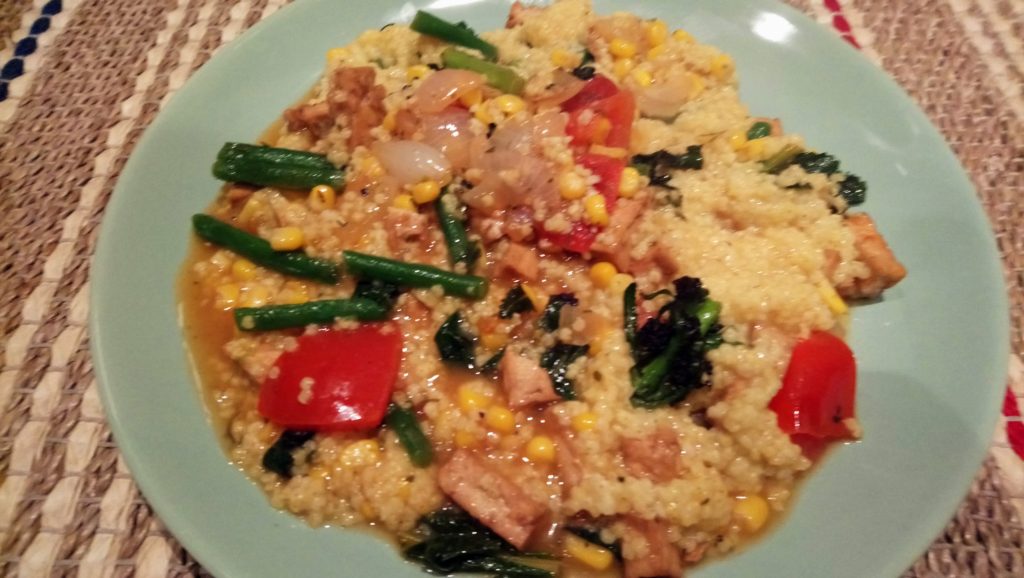
Purple Sprouting Broccoli – health benefits, cooking methods & 5 dish ideas
Purple sprouting broccoli is a delicacy that is equal to asparagus. It grows from January to May at the height of the season in March and April. Broccoli is a cruciferous plant – it’s in the same family as the cabbage – and has been grown in the UK since the early 18th century (although the purple sprouting variety has only filtered into our food consciousness in the last 30 years).
What are the health benefits?
Purple sprouting broccoli is packed with vitamin C and is a good source of carotenoids, iron, folic acid, calcium, fibre, vitamin A and B. It also contains the phytochemical sulforaphane, thought to help prevent cancer and which may provide resistance against heart disease, osteoporosis and diabetes.
Sulforaphane has been shown to have antimicrobial properties, and it also kills cancer stem cells, which slows tumor growth. This sulfur compound also normalizes DNA methylation, which plays a role in a number of diseases, including hypertension, kidney function, gut health, and cancer.
Sulforaphane also increases enzymes in your liver that help destroy cancer-causing chemicals you may consume or be exposed to in your environment. This compound has even been called “one of the most powerful anticarcinogens found in food.”
How to store purple sprouting broccoli?
It keeps for 4-6 days in a bag in the fridge, but like most greens it is best eaten as fresh as possible.
How to prepare purple sprouting broccoli?
It does not need much trimming, the florets, leaves and stem are all edible and delicious. Just pick off any discoloured leaves and towards the end of the season, trim the bottoms of the stalks if they seem woody.
What are the cooking methods of purple sprouting broccoli?
It is like with asparagus, the less you do it the better. You can boil, steam, stir-fry, roast or griddle to intensify its taste.
- Boiling – should take no more than 5 minutes to boil in an unlidded pan. Lift them out with tongs or a slotted spoon to protect the delicate florets.
- Steaming – will hold in more nutrients and takes about one minute longer than boiling.
- Roasting – will intensify its distinctive flavour, also allows you to add aromatics. Heat the oven to 200C and toss it in a roasting pan with a little oil. Season well with sea salt and pepper and roast for 8-10 minutes.
- Frying – young, tender spears on a medium heat in oil for about 5 minutes. Or cut into small pieces and add to stir-fry.
- Raw – rich in iron, vitamins A, B and C and eating it raw preserves these nutrients well. It is best to eat the smallest, most tender shoots and dress with sea salt, pepper, olive oil, lemon juice or balsamic vinegar a few minutes before serving.
Purple sprouting broccoli works well with sesame (seeds, oil, and tahini), nuts (almonds, hazelnuts, walnuts, and peanuts), mustard, ginger, citrus (lemon and orange), chillies, black pepper…
Here are five meals with purple sprouting broccoli I have made recently:
1. Oven roasted potatoes with falafel and steamed purple sprouting broccoli

2. Oven roasted potatoes with falafel, steamed purple sprouting broccoli and pumpkin sauce

3. T

4. Tofu, stir-fried vegetables (purple sprouted broccoli, tomato, onion, sweet corn, and green beans) with millet and pumpkin sauce

5. Steamed potatoes with stir-fried vegetables (purple sprouted broccoli, onion, red pepper, green beans, and beetroot) and tofu

Resources: https://articles.mercola.com/sites/articles/archive/2015/05/18/broccoli-sulforaphane-pill.aspx
https://foodandtravel.com/food/in-season/purple-sprouting-broccoli
Autumn and Winter Veg by Guy Watson
 Previous Post
Previous Post Next Post
Next Post


